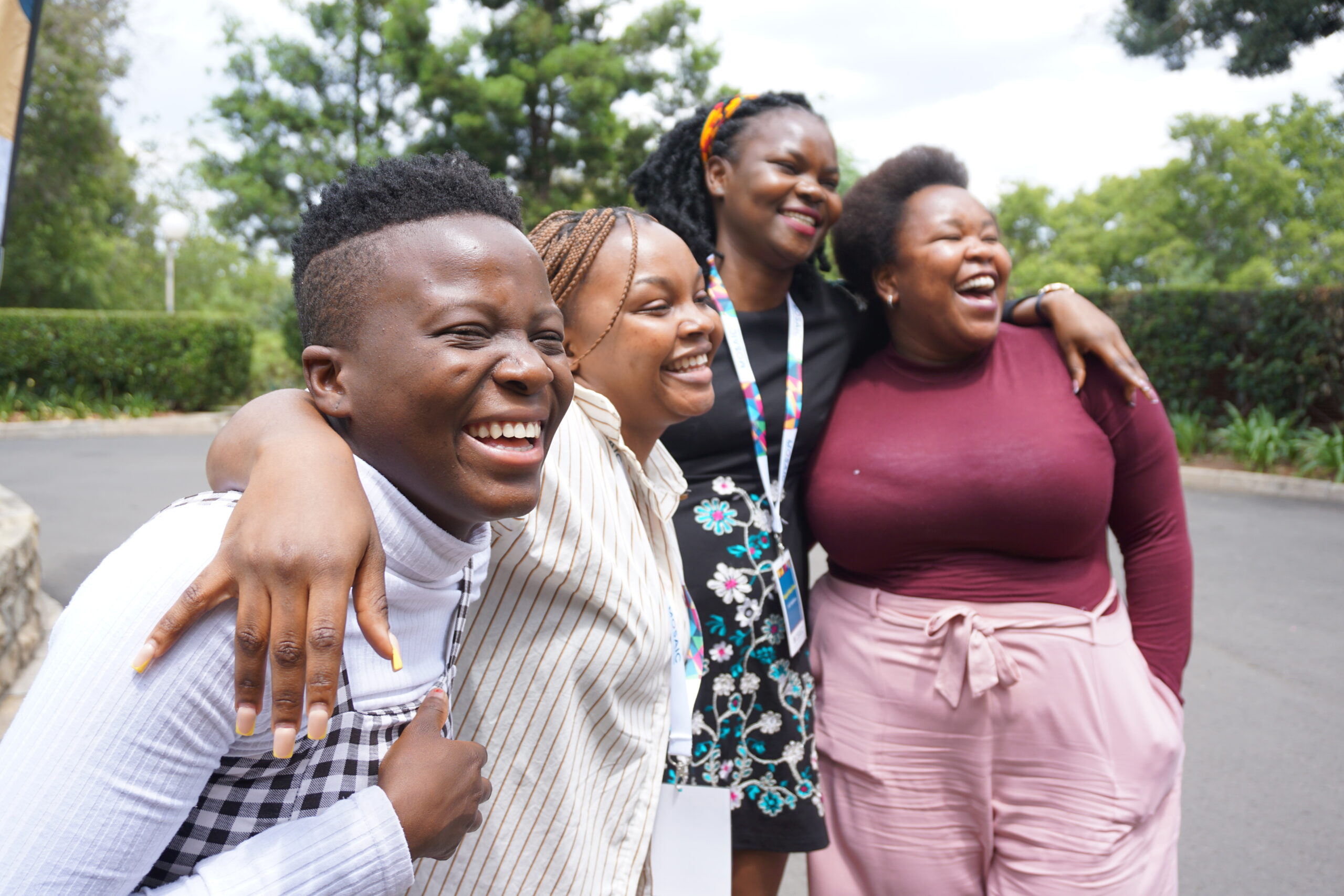Office of HIV/AIDS, USAID
This post was first published on USAID’s LinkedIn.
The world is closer than ever to ending HIV as a public health threat.
As the global response to the HIV epidemic continues to transition from an emergency response to one focused on sustaining the progress we’ve made, it is critical that we continue to find innovative solutions to address new challenges.
There is a saying that “the last mile is always the hardest.” With HIV, the last mile of our response will be focused on reaching those who have faced the most obstacles to receiving care, such as limited access, stigma, fear, and discrimination.

Here are three ways USAID uses innovative approaches to end HIV as a public health threat by 2030:
Expanding HIV prevention options for young women
Women and girls, especially in sub-Saharan Africa, face a higher risk of HIV infection due to factors like social isolation, poverty, discrimination, gender-based violence, and inadequate schooling. These women at substantial risk of HIV find taking a pill daily to prevent HIV to be challenging – some women may have difficulty remembering to take a pill daily due to responsibilities such as work, school, and caring for loved ones. Some women have also expressed a desire for a more discreet HIV prevention option.
USAID expands HIV prevention options for women in five sub-Saharan African countries (Kenya, Lesotho, South Africa, Uganda, and Zimbabwe) through the CATALYST study. To protect themselves from HIV, women can choose between a daily HIV prevention pill (oral PrEP), a vaginal ring, and a new long-acting injectable, cabotegravir, also called CAB PrEP, which is administered every two months.

We know that a “one size fits all” approach does not work when it comes to anyone’s health. It is our hope that when women have the opportunity to choose an HIV prevention option that fits best into their life, they will be more likely to use it.
Driving person-centered care for people living with HIV
In many low- and middle-income countries, individuals seeking HIV treatment commonly face social stigma, a far distance to the nearest health care facility, a lack of funds for transportation to reach the facility, and long lines to receive care once they arrive. These barriers often result in treatment interruptions, which in turn can increase illness and the risk of HIV transmission to partners.
To reduce the barriers that prevent patients from receiving life-saving HIV medication, USAID supports multi-month dispensing of their daily HIV treatment, which enables patients to receive three or more months of HIV medication at a time through their provider, rather than just enough for one month. USAID also supports efforts to create additional locations for people to pick up their medications outside of the health facility, such as community pharmacies and automated lockers.
In Uganda, USAID developed a survey tool to determine if patients were receiving their medications in the way they preferred. This information helped USAID support more personalized care for people living with HIV. For patients who report they are not receiving their medications in a way that is convenient to them, USAID assistance helps connect those patients with a community health worker to ease the burden of medication pickup and ensure consistent medication use to keep patients healthy.
Using artificial intelligence to predict treatment interruption

To sustain the gains we have secured in the fight against HIV, it’s important that people newly diagnosed with HIV are quickly connected to treatment. People living with HIV who are on treatment can live long, healthy lives. However, there are still high rates of treatment interruption for people living with HIV. If we can better predict treatment interruption before it happens, we can try to prevent it.
In Nigeria, USAID partners used routine patient, clinic, and pharmacy data collected from over 100,000 people living with HIV to test a machine-learning model to predict treatment interruption. HIV prevention researchers, program experts, and biostatisticians preselected variables considered to be associated with treatment interruption – such as age, marital status, occupation, and education – for inclusion in the model.
Several models were tested and the selected model was able to correctly predict treatment interruption 81% of the time. The model is designed to integrate into existing health systems in Nigeria so providers will be notified when a patient is at risk of treatment interruption. This example from Nigeria shows us how artificial intelligence could be used to better identify people living with HIV who need more targeted interventions and support to stay on treatment.
USAID, in collaboration with its partners, is proud to be at the forefront of using innovative approaches to help ensure that people around the world are able to live longer, healthier lives.
ABOUT THE AUTHOR: USAID’s Office of HIV/AIDS provides global leadership to the Agency’s overall response to combat the HIV epidemic. USAID supports country-led efforts to address the complex challenges of HIV in over 50 countries around the world.


